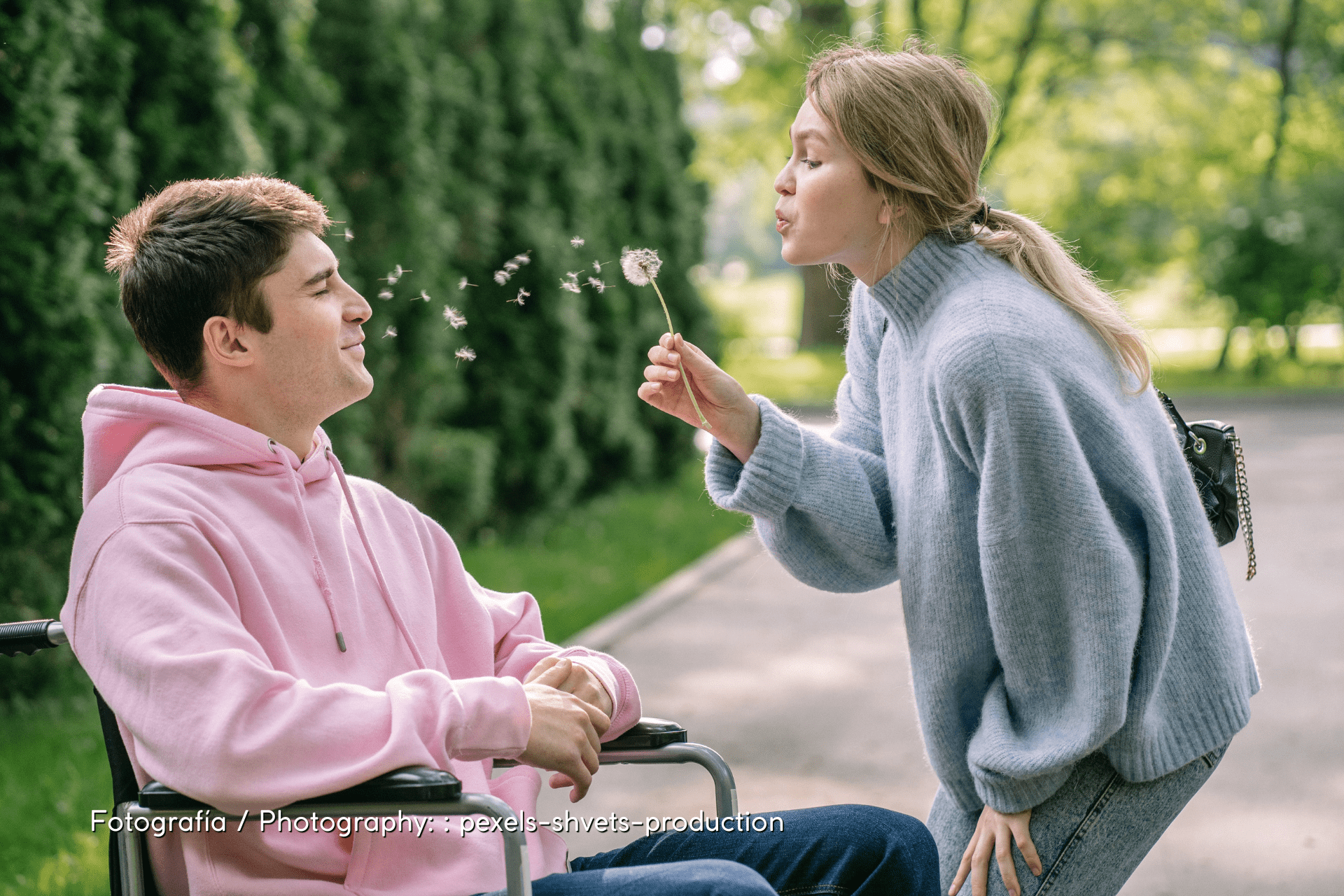
Inclusive Spaces: Landscaping and Universal Access
Explore how the inclusion of the concept of Universal Access to landscaping is a powerful way to build more equitable experiences in the article “Inclusive Spaces: Landscaping and Universal Access” with Ivonne Walls.
The relationship between man and nature has always been marked by a need to coexist with the environment that surrounds us. After centuries of industrialization and abuse of the indiscriminate extraction of the planet’s natural resources, as well as the excessive, disorderly and chaotic growth of cities, people began to become aware of the need to recognize landscapes as essential places for the well-being, health (mental and physical) and survival of people and living species on the planet.
Thus, since the middle of the last century, society has begun to take measures such as the design of development plans and the protection of natural areas throughout the planet and, together with continuous technological advances, it has been possible to create clean and renewable energy sources that allow a better use of resources, without the high cost to the environment and the health of the planet.

Observing the landscape.
Photography: pexels-shvets-production
In addition, environmental groups, governments, and professionals from different disciplines (architects, designers, and landscape architects, among others) have dedicated themselves to adequately planning environments so that they can be enjoyed and used to the fullest by their inhabitants.
Based on climatological, psychological, social and connectivity studies, they are using sustainable designs, techniques and construction materials that ensure a suitable habitat for people, with an emphasis on reversing the processes that have led to their degeneration and the increase in adverse phenomena such as climate change.
Despite this effort, in most public places (and mainly in natural spaces such as beaches, forests and places where snow falls), a fundamental part of the population continues to be ignored: people who live with disabilities.
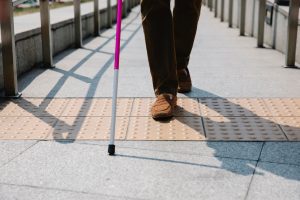
Change in the texture of the pavement.
Photography: pexels-eren-li
Landscaping is an art form that goes beyond aesthetics and functionality, given that it can and should become a powerful tool to foster inclusion and Universal Access. Creating outdoor spaces that are welcoming to all people, regardless of their abilities or physical limitations, is essential to build fairer and more equitable communities.
“Landscaping is an art form that goes beyond aesthetics and functionality, given that it can and should become a powerful tool to foster inclusion and Universal Access.”
The intersection between landscaping and universal access is a pending issue that should force us to design outdoor environments that promote the participation of all. Universal Access involves creating spaces that can be used and enjoyed by all people, regardless of age, gender, abilities, or physical conditions.

Prosthesis.
Photography: pexels-mart-production
In landscaping, this involves carefully considering the design of parks, gardens, and public spaces, to ensure they are accessible and welcoming to all. The use of ramps, lifts, signage for persons with visual limitation, adequate services for those who use wheelchairs, among others, must be included in the planning of urban and natural landscapes.
In other words, an inclusive design must be carried out, which in landscaping focuses on removing barriers and incorporating features that facilitate access for people with disabilities. This can include accessible paths, seating areas with adapted furniture, and consideration of user diversity when planning the layout of elements such as fountains, play – grounds, and green areas.
“Inclusive landscaping is not only about the physical infrastructure, but also about the sensory experience of the spaces.”
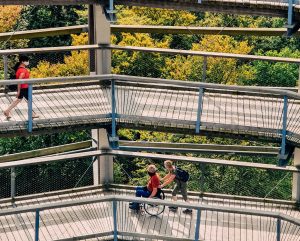
Universal Access.
Photography: pexels-daniel-frese
Non-slippery surfaces, gentle slopes and suitable widths are key elements in making spaces accessible for wheelchairs, strollers and people with reduced or limited mobility. However, inclusive landscaping is not only about the physical infrastructure, but also about the sensory experience of the spaces.
Thoughtful attention should be given to the placement of plants and natural elements to provide shade, interesting textures, and sensory stimulation for all visitors, including those with visual, sound, or cognitive disabilities.
Involving the community in the design process is essential to ensure that the needs and desires of all individuals are considered. This is why community engagement can be highly beneficial, reveling unique perspectives from each locality and environment, helping to identify areas for improvement that might otherwise go unnoticed.
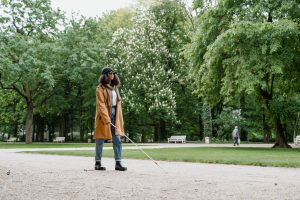
Visual disability.
Photography: pexels-mart-production
Thus, both the urban and natural landscapes can become a tangible expression of a community’s cultural richness. Conscious design can incorporate elements that pay homage to diverse cultural identities, whether through the choice of native plants, public artwork, or the planning of meeting spaces that encourage cultural expression.
Inclusion in the landscape also translates into universal accessibility. Streets, squares and parks designed to be used by people of all ages and physical abilities not only improve mobility, but also encourage community participation in urban life, creating meeting points that attract people of various ages and backgrounds, revitalizing areas.
Inclusion in the landscape also implies a commitment to nature. The integration of green areas in urban environments not only enhances air quality and provides recreational spaces but also contributes to the physical and mental well-being of individuals.
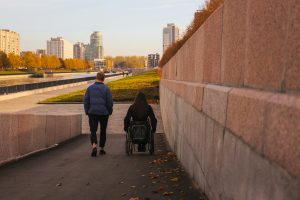
Enjoying a landscape.
Photography: pexels-valeria-lazareva
In conclusion, inclusion in the landscape is not just an aesthetic issue, but a catalyst for building living and connected communities. By weaving cultural diversity, accessibility, and community participation into urban design, we can create landscapes that are not only visually appealing, but also places that nurture community identity and foster inclusion for all its inhabitants.
Ultimately, inclusion in the landscape is an investment in the well-being and cohesion of society, considering those inhabitants with reduced or limited mobility. Including the concept of Universal Access to landscaping is a powerful way to build more inclusive and equitable experiences.
By designing outdoor spaces accessible to all, we not only create aesthetic environments, but also promote the connection and participation of all people who, temporarily or permanently, live in the spaces. Inclusive landscaping is not only an ethical duty, but also an opportunity to build a more accessible, just, generous, and enjoyable world for every individual.

In coexistence.
Photography: pexels-shvets-production











